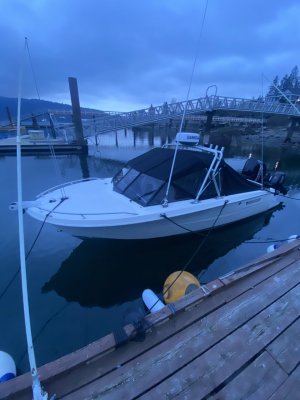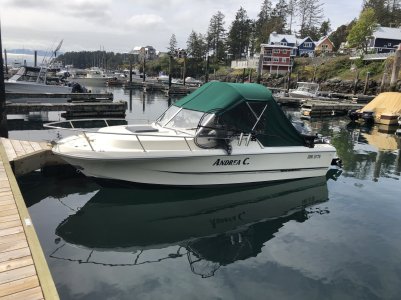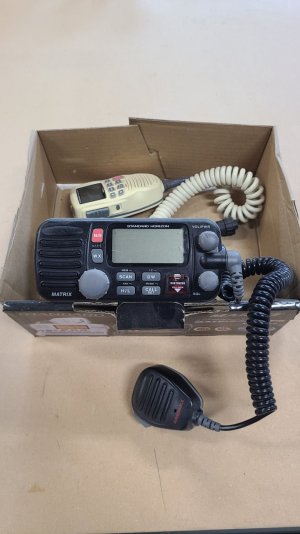N2013
Well-Known Member
I'm looking to upgrade my current VHF set up. Looking for a basic fixed radio, with a 8' tilt down antenna. Currently running a short 3' shakespeare antenna which gets bent back when it's under the tarp during the winter. Read somewhere that the radio and the antenna need to be 3' apart? Judging from where the new antenna would need to go, it would only be about 2' max. Distance with current set up is about 2' so I don't know if there's any truth to a distance requirement. Antenna & radio are both on the starboard side and the tilt down hinge would be a 90 degree hinge just below the side glass. Boat is a 99 Double Eagle 185. Curious to know how others are set up with a similar size boat.
Thx
Thx



